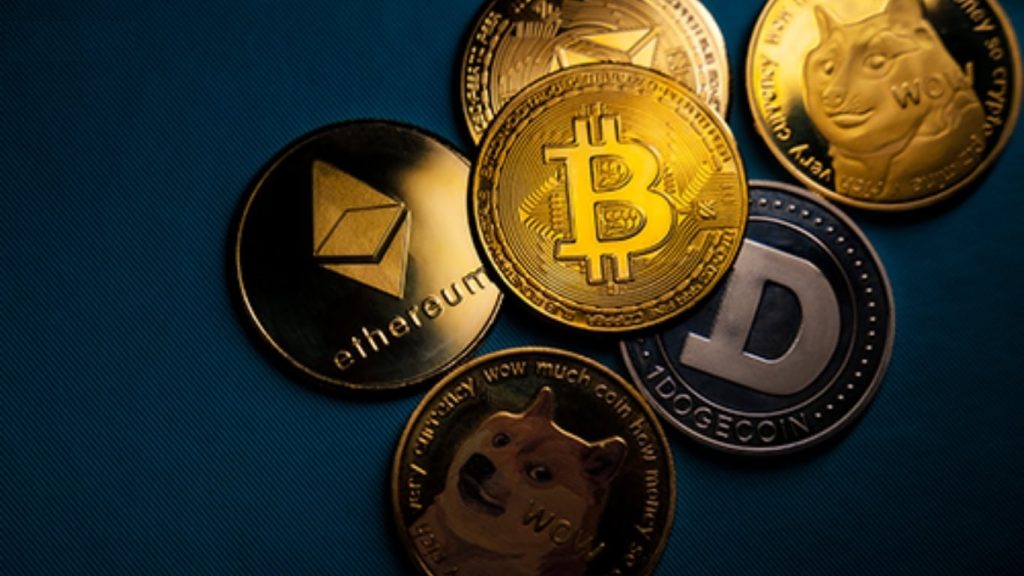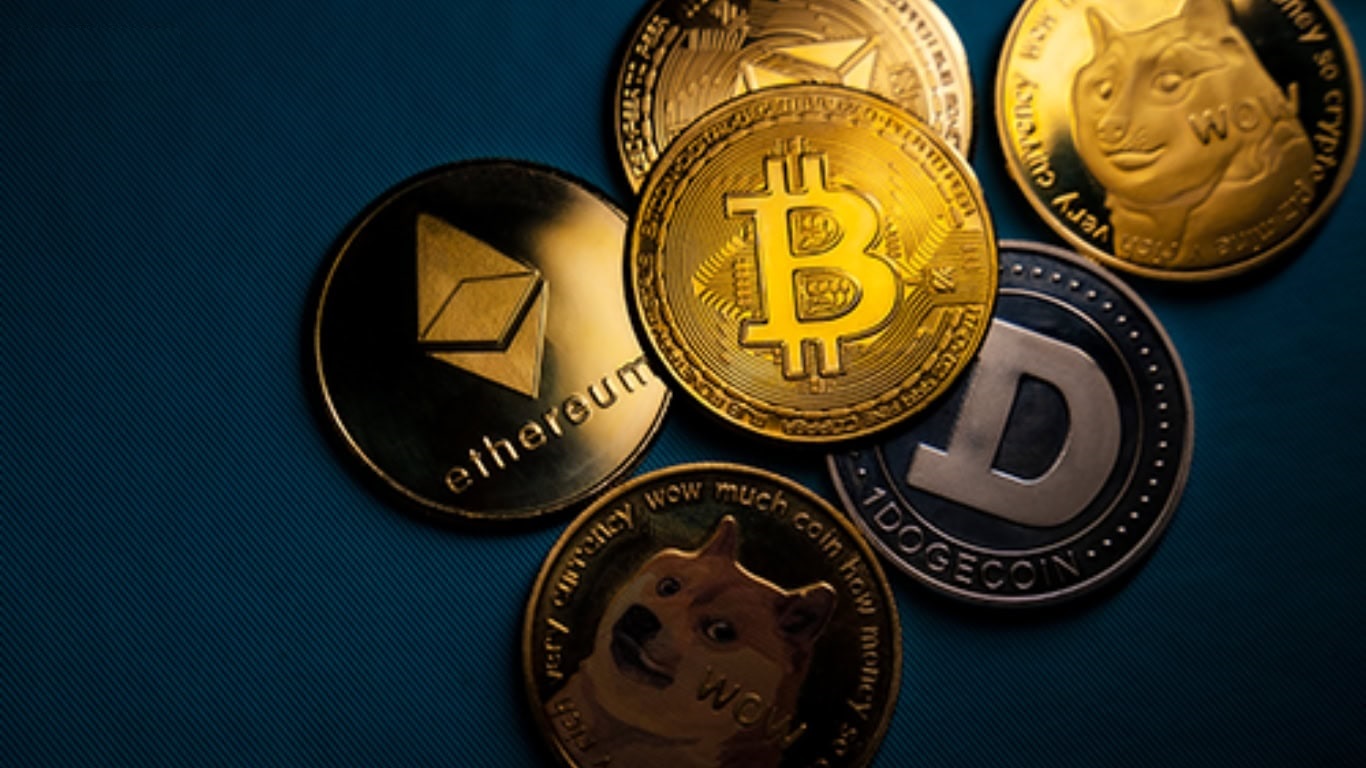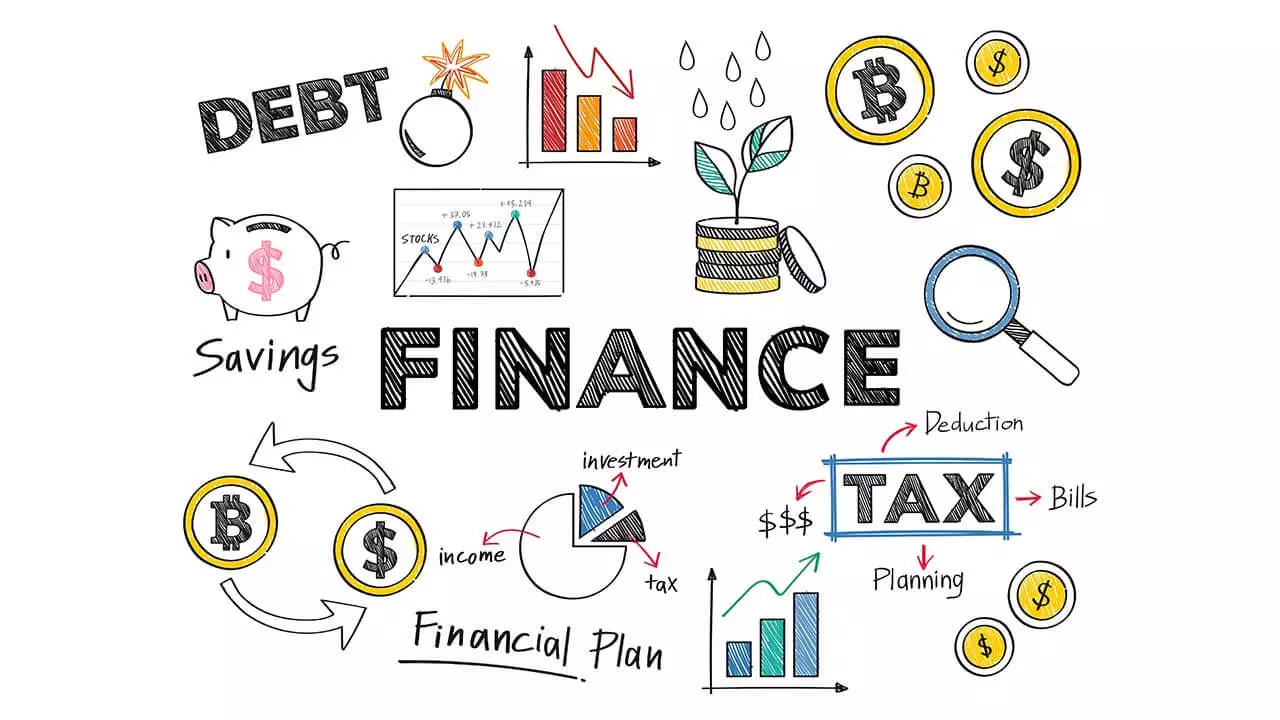In recent years, the financial landscape has undergone rapid transformation—driven not only by technological innovation but also by the rise of decentralized finance (DeFi) and digital assets. But beyond the headlines and volatile markets lies a quieter, ongoing revolution: how crypto finance news is influencing the direction and priorities of traditional banking institutions.

Content
A Shift in Narrative and Strategy
Mainstream banks and financial institutions are no longer ignoring cryptocurrencies. Initially viewed as fringe or speculative, digital assets have become a central part of financial discussions, investment strategies, and policy debates. Much of this shift can be attributed to the rise of timely, in-depth reporting from industry-specific platforms covering crypto finance news.
These news outlets serve as critical bridges between the fast-evolving world of blockchain and the more conservative banking sector. As regulators release new guidelines and nations debate central bank digital currencies (CBDCs), real-time crypto news has become essential reading for decision-makers.
Transparency and Market Awareness
One major contribution of crypto news platforms is their role in enhancing transparency. They monitor everything from Bitcoin ETF proposals to institutional adoption, alerting readers to moves by major banks like JPMorgan, Goldman Sachs, or BlackRock. This transparency pressures traditional banks to respond to emerging trends—whether by integrating crypto services, investing in blockchain startups, or adapting legacy infrastructure.
Driving Innovation Through Competition
With startups and decentralized finance platforms offering borderless, permissionless alternatives to conventional banking, traditional institutions are feeling the heat. Reports on DeFi lending growth, tokenized assets, and real-time blockchain settlements frequently covered in crypto finance news sources have helped inform—and in many cases, challenge—banking executives to accelerate innovation.
A Global Perspective
What happens in one crypto-friendly jurisdiction now reverberates globally. Whether it’s updates on regulatory frameworks in the EU or Bitcoin adoption in Latin America, crypto-focused finance reporting provides a global lens—helping banks anticipate shifts in consumer demand and compliance standards.
Conclusion
While blockchain technology drives the infrastructure behind digital finance, it’s the continuous stream of crypto finance news that shapes how—and how quickly—traditional banking responds. From strategic partnerships to complete product overhauls, banks are increasingly taking cues from the headlines emerging in this dynamic, decentralized ecosystem.
As the line between crypto and conventional finance continues to blur, staying informed isn’t just optional—it’s essential.

Johnny is a finance blogger who has been blogging for years. He’s familiar with everything that goes into it, and loves to share his knowledge with others.













